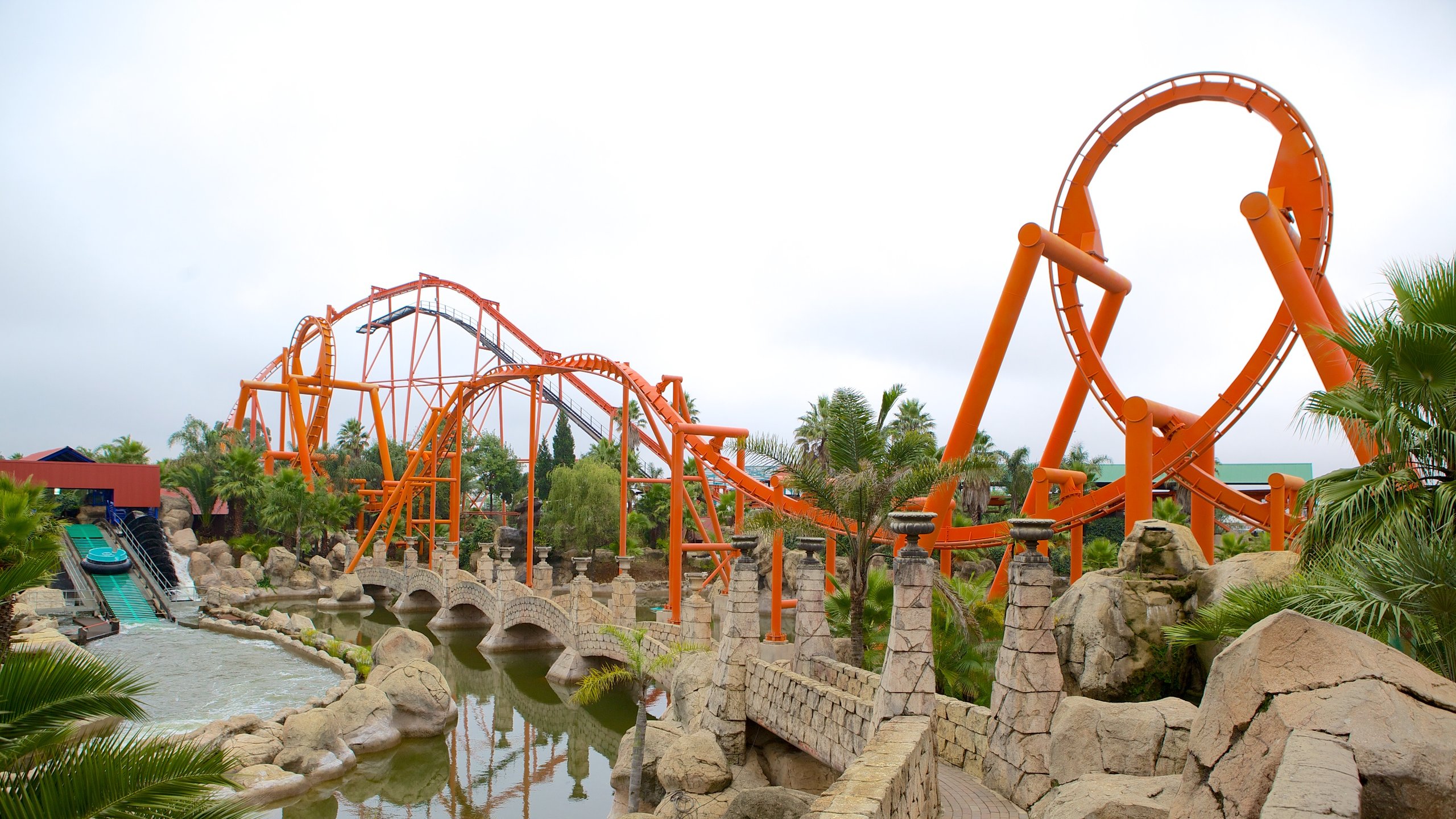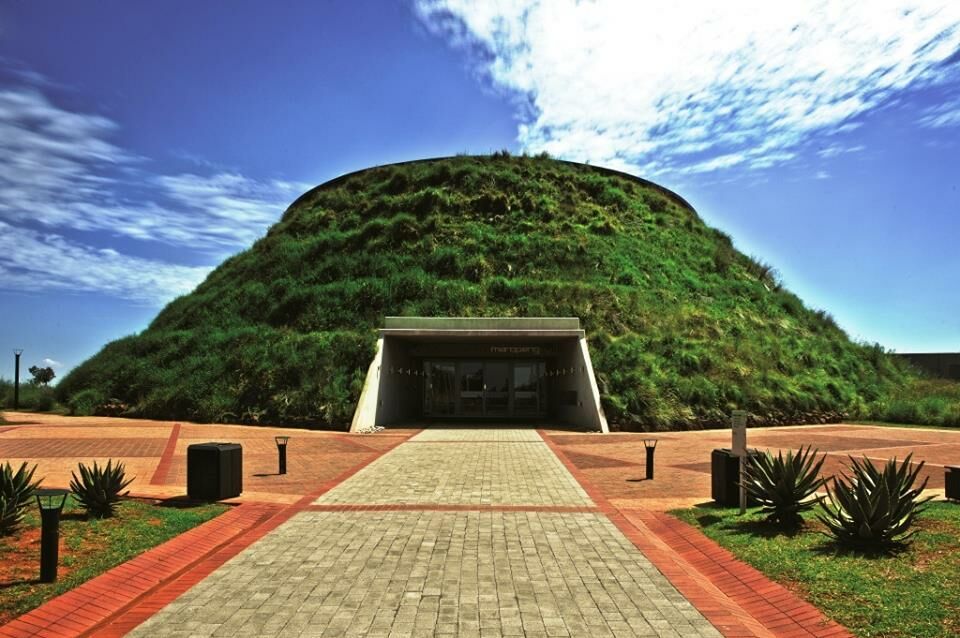Some Known Details About Johannesburg North Attractions
Some Known Details About Johannesburg North Attractions
Blog Article
The 25-Second Trick For Johannesburg North Attractions
Table of ContentsThe Ultimate Guide To Johannesburg North AttractionsGetting My Johannesburg North Attractions To WorkJohannesburg North Attractions - An OverviewThe 9-Minute Rule for Johannesburg North AttractionsThe 9-Minute Rule for Johannesburg North AttractionsThe Best Guide To Johannesburg North AttractionsExcitement About Johannesburg North Attractions
Nevertheless you should keep protection in mind and tourists must continue to be alert in any way times when in unknown surroundings. Speak to the residents when you remain in town to discover out regarding the area you are staying in. Johannesburg North attractions. When on the road (this does not use to shopping center and various other safe and secure settings) ideal basic recommendations is to attempt your finest to look like a local and to stay clear of presenting any type of form of wealth
Some Known Incorrect Statements About Johannesburg North Attractions
Teacher Revil Mason O. J. (Thomson, 1946) checked out the Witwatersrand's pre-colonial history. His archaeological work took off the 'em pty land' misconception, according to which the region was lacking human habitation before the arrival of European settlers. In his publications Prehistory of the Transvaal: A Document of Human Task (1962) and Origins of Black Individuals of Johannesburg and the Southern Western Central Transvaal Advertisement 3501880 (1986 ), Professor Mason showed the degree of social and economic growth in the location before Europeans established foot right here.

Some Known Questions About Johannesburg North Attractions.
In 1878, David Wardrop discovered gold in quartz capillaries at Zwartkop, north of Krugersdorp. In 1881, Stephanus Minnaar came throughout gold on the ranch Kromdraai, near the Cradle of Humankind.
In March 1886, an outcropping (soon to be called the Main Coral reef) was discovered, fairly fortunately, on Gerhardus Oosthuizen's ranch Langlaagte. Some claim that the Lancastrian coal miner George Pedestrian found this reef. An additional travelling English prospector, George Harrison (that had actually previously worked in Australian mines) gotten a prospecting permit in respect of Langlaagte in Might 1886.
He determined to go on in a quest for greener fields, and disposed of his Langlaagte insurance claim for the princely amount of 10. Alas: underneath lay the richest goldfield ever before located. The exploration of this rich auriferous coral reef prompted a gold rush that indicated completion of agrarian serenity in the southern Transvaal.
It would certainly, within six years, come to be the largest town in southerly Africa. Within a decade, it would certainly make the Z. A. R. until after that an anarchical and bankrupt little state the richest nation in Africa. By the millenium, the Z. A. R. was to exceed Russia, Australia and the United States of America to end up being the globe's leading gold manufacturer, producing greater than a quarter of the world's gold.
The Definitive Guide for Johannesburg North Attractions
It anonymous was referred to as Ferreira's Camp, named after Colonel Ignatius Ferreira. He was a Boer adventurer upon whom the British authorities had presented the standing of Companion of one of the most Identified Order of St Michael and St George (qualifying him to the post-nominal letters C. M. G.) in appreciation for his function in the battle that had actually deposed the Pedi king Sekhukhune in 1879.
Soon the camp was bursting with outdoors tents and wagons as newcomers showed up daily from much and wide. By September 1886, some 400 individuals lived in Ferreira's Camp, which soon flaunted erected iron and lumber buildings. 2 various other camps were established: Meyer's Camp on the ranch Doornfontein, and Paarl Camp. The latter was nicknamed Afrikander Camp; lots of people from the Cape Swarm cleared up there.

Not known Facts About Johannesburg North Attractions
This name got currency by word of mouth, such that the State Assistant attested the name to the Mining Commissioner on 9 October 1886. Stands in the village were auctioned on 8 December 1886. While some stands were sold for 10, others were torn down for as little as sixpence.
Two years later, these erven were to alter hands for as much as 750 each. The tented camps dwindled as a dorp of corrugated iron buildings created and increased north of the mines located along the Main Reef Roadway. Locations such as Jeppe's Town (where working-class immigrants erected their houses) and Doornfontein (where the affluent new 'Randlords' began to create their opulent homes) were quickly contributed to the ever-expanding map of the community.
Johannesburg North Attractions for Dummies
In addition to the road names, there were no indicators of Johannesburg being located in a Dutch-speaking country. Several years later on, C. W. Kearns O. J. (among the very first boys signed up at St John's University in 1898) would recall: 'A strange reality regarding Johannesburg was that, although it was in the [Boer Republic], nearly every person talked English and even the Federal government slaves addressed one in English, unless they official site were very first attended to in the Taal (or Low Dutch)'.
Britain had an interest in guaranteeing optimum problems for gold manufacturing on the Witwatersrand, and that the gold was exported to London instead than Berlin a vital provided all the more clamant by the Z. A. R.'s raising toenadering with Germany. Mine owners got on a clash with President Kruger, whose policy of monopolistic giving ins (frequently provided to his cronies) avoided mining pop over here firms from procuring materials of products (especially dynamite) and labour by themselves, cheaper terms
The 5-Second Trick For Johannesburg North Attractions
In 1890, the Volksraad had actually limited the franchise business to white men who had resided in the Z. A. R. for fourteen years or longer, therefore invalidating most of the immigrants (who occurred to be the major contributors to the fiscus). Nonetheless, agitation for the ballot was a mere pretext for advertising a various schedule; most uitlanders regarded themselves as temporary visitors and had no intention of remaining in the Z.
Report this page